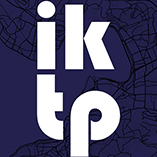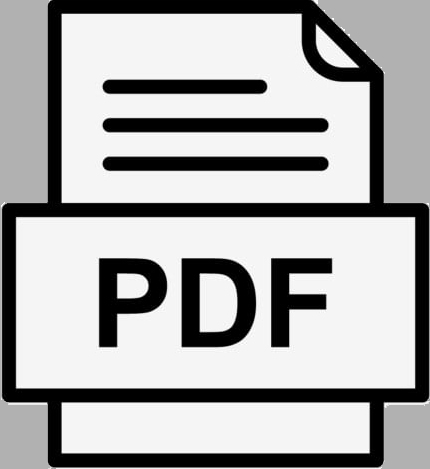İZBAN Effects on İzmir Urban Region*
Abstract
Transportation systems are one of the most important structural elements of region formation. A regional suburban line in Izmir Urban Region, IZBAN, rests on the backbone of two rail lines dating back to 19th Century. Developed as a project during early years of the millennium, initiated by the protocol between Izmir Metropolitan Municipality and Turkish State Railways, put into service in 2011 and steadily growing since then, IZBAN is one of the most important transportation projects in Izmir Urban Region. The most important effect of IZBAN is to connect north and south sectors of the urban region, which were not directly connected by rail systems and are related to each other via Izmir. Accessibility to job opportunities in the north and south sectors of the Izmir Urban Region [industrial regions such as organized industrial areas, small scale industrial sites, customs free areas, commercial areas of the metropolitan area and other district centers] point to region wide importance of the effects.
In this line, we expect that continuous rail backbone from north to south sectors of the urban region will have significant effects on interrelationships in the urban region. We categorize prospective effects into three consecutive prospective effect chains. First effect will be realized through accessibility. Accessibility in the urban region is significantly improved by rail investments, region wide by IZBAN and metropolitan wide by metro rail line. Second effect comes with mobility in the region. Accessibility enhancements will trigger significant changes in [commute, school, shopping etc.] daily routines and recreation trips. From this, long time unseen mobility habits will develop around rail systems. We expect mobility habits will nest into land use effects in the long run. Land use effects of IZBAN will reverse metropolitan growth based on urban sprawl by motorization devouring small settlements. Especially in Turkey, this has a critical importance. Because nowadays Turkey is facing a mobility shift by fast motorization.
Mobility by private car has devastating effects on urban region formation. IZBAN as an uninterrupted rail system between north and south sectors of the urban system is expected to decrease devastating effects of motorization and its mobility habits. In the literature, there are studies considering effects of transit system on land use or real estate values. Although these studies include different results, generally, researches indicate that rail system stations change ambient land use patterns and increase real estate values. Studies on BART system in San Francisco [Davis, 1970; Dornbush, 1975; Baldassare, 1979], METRO system in Washington D.C. [Damm et al., 1980; Aterkawi, 1991; Grass, 1992], and Atlanta’s MARTA system [Bowes and Ihlanfeldt, 2001] support these results.
Linked to the general research framework set above, in this study, we will firstly focus on historical account of the effects of regional/suburban railways on urban region development. Examples will be given from Germany, Japan and Hong Kong. To have similar effects in Izmir, we will emphasize handling station points and their surroundings in terms of land use composition. Our study will end by further discussions on rail systems’ similar effects on settlement patterns both in Izmir urban region and in Turkey in the coming years and highlight points of interest derived from Izmir urban region case.






















Bir yanıt yazın